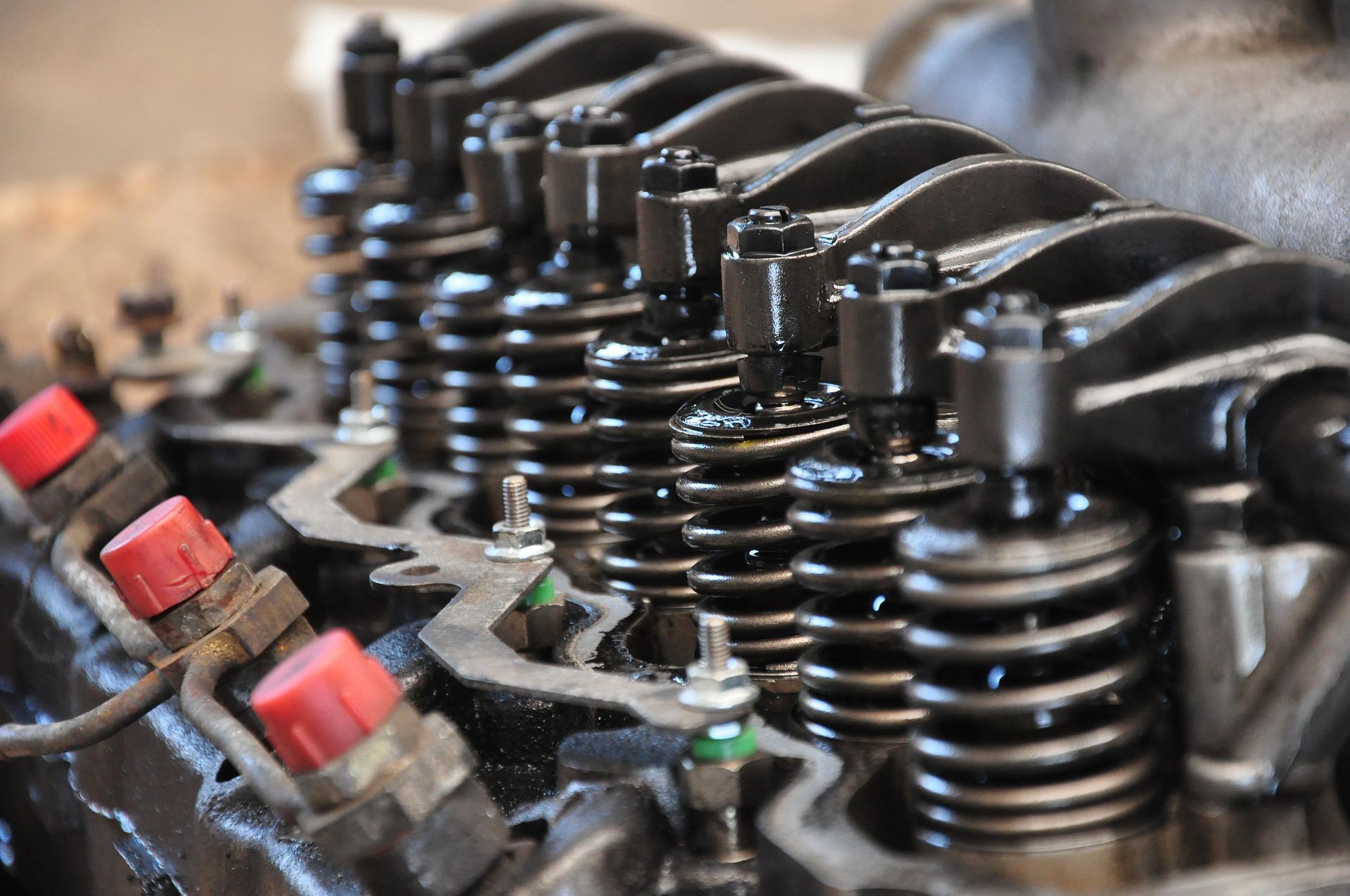4 Stroke Petrol Engines
The petrol engine, like the diesel engine, is an internal combustion engine. The thermal energy which is released when the fuel is burned is converted into mechanical energy.
The petrol engine differs from the diesel in that the liquid fuel (i.e., the petrol) is mixed with air – usually in a device called a carburettor – to form a combustible mixture, which is compressed in the cylinder and finally ignited by an electric spark produced between the electrodes of a sparking plug.
The gases which are formed in the cylinder by the combustion of the petrol-and-air mixture expand and thrust the piston downwards.
Acting through the connecting rod, the piston imparts a rotary motion to the crankshaft. The spent burned gases must then be removed from the cylinder and be replaced by a fresh petrol-and-air mixture so that a fresh cycle can begin.
The energy needed for effecting this change in the contents of the cylinder is provided by the flywheel, which stores up some of the mechanical energy released by the combustion that takes place in the cylinder.
The additional energy developed by the engine can be taken off at the end of the crankshaft.
With internal combustion engines – diesel as well as petrol engines – a distinction must be made between four-stroke and two-stroke operation.
To perform a full cycle of operations (changing the contents of the cylinder and affecting the combustion) the four-stroke engine requires four, and the two-stroke engine requires two strokes of the piston.
